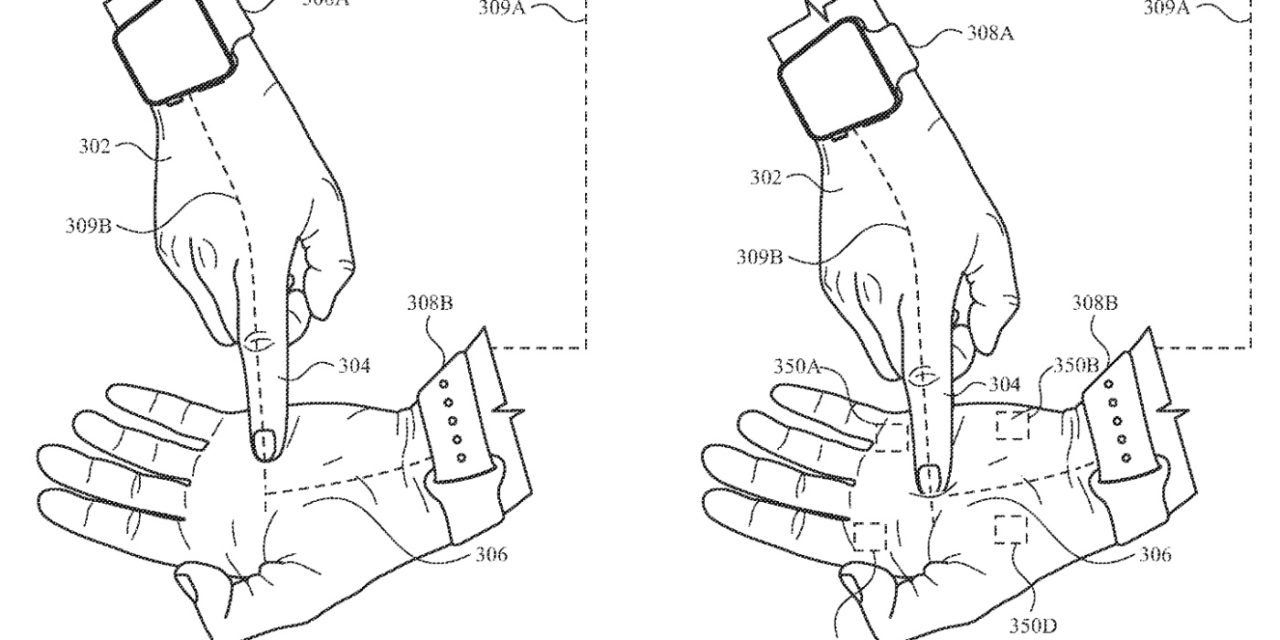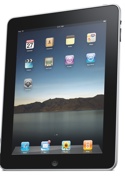Apple has filed for a patent (number 20220365598) for “skin-to-skin contact detection.” And it could involve using multiple Apple Watches or ring devices to interact with the rumored “Reality Pro,” an virtual reality/augmented reality headset.
About the patent filing
The patent filing related to systems and methods of detecting skin-to-skin contact, and more particularly, to detecting contact between two hands or between two fingers for input in virtual reality or augmented reality environments.
In the patent filing, Apple notes that there are many types of input devices are presently available for performing operations in a computing system, such as buttons or keys, mice, trackballs, joysticks, touch sensor panels, touch screens and the like. In some examples, contact between two different parts of a user’s body may be used for input.
For example, cameras in a head-mounted display can be used to track movement of fingers to detect a finger in contact with an opposite hand, or to track movement of a finger along an opposite hand surface. Additionally or alternatively, a radiofrequency-based system can be used to detect a finger in contact with an opposite hand, or to track movement of a finger along an opposite hand surface.
However, Apple says that camera-based systems and/or radiofrequency-based systems may have difficulty detecting the difference between a finger touching the opposite hand or proximate to without contacting (hovering above) the opposite hand. Additionally, camera-based systems require the finger and opposite hand be in the field of view of the cameras for operation.
Apple wants to rectify this when it releases its own head-mounted display. One solution: controlling features of a “Reality Pro” with multiple wrist or finger devices.
Summary of the patent filing
Here’s Apple’s abstract of the patent filing: “Contact or movement gestures between a first body part and a second body part can be detected. Sense circuitry can be configured to sense a signal at the sense electrode (e.g., configured to contact the second body part) in response to a drive signal applied to the drive electrode (e.g., configured to contact the first body part).
“Processing circuitry can be configured to detect contact in accordance with a determination that one or more criteria are met (e.g., an amplitude criterion and a non-distortion criterion). Additionally or alternatively, processing circuitry can be configured to detect a movement gesture in accordance with a determination that one or more criteria are met (e.g., a contact criterion and a movement criterion).”
About Reality Pro
When it comes to Reality Pro, the rumors are abundant. Such a device will arrive in 2024. Or 2025, Or 2026. It will be a head-mounted display. Or may have a design like “normal” glasses. Or it may be eventually be available in both. The Reality Pro may or may not have to be tethered to an iPhone to work. Other rumors say that it could have a custom-build Apple chip and a dedicated operating system dubbed “rOS” for “reality operating system.”
Article provided with permission from AppleWorld.Today



